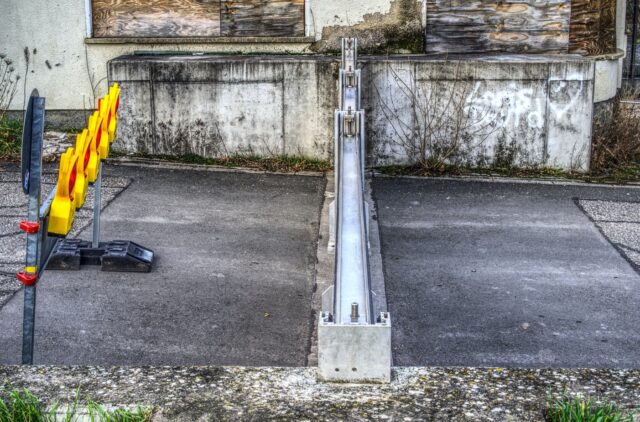One of the most critical parts of any major construction project is its foundation. Whether your project is to construct a house, building, or highway, you need to ensure that its foundation and perimeter are well prepared to handle the structure it will hold, including the surrounding environment. That is why it is important to understand how your retaining wall system works. The purpose of retaining walls is to hold back soil from going into unwanted areas — in other words, to make the site viable for construction.
While there are many different suppliers and styles of creating and installing retaining walls, precast concrete walls have proven to be the superior choice for any retaining wall project. Here are a couple of reasons why precast concrete panels are the way to go.
What are precast concrete panels?
Precast concrete panels are retaining wall panels that are formed using existing moulds. These panels are made in a facility and are usually checked to meet specific standards. It is vital to ensure that you get your retaining walls from trustworthy suppliers. For precast concrete panels and other retaining wall products, you may want to look into www.jpconcrete.co.uk/precast-concrete-retaining-walls/ and learn more about the different types of retaining walls and the specific characteristics and features of each precast solution.
More efficient construction
Without precast concrete panels, you would have to pour the cement and wait for it to dry on your construction site. This requires a lot of skill and can cause delays in your construction timeline. On the other hand, precast concrete panels are already premade in a factory. Thus, significantly less effort is needed for on-site construction. Life will be a lot easier with precast concrete, and your timeline will be more secure.
Proper quality control
When creating your retaining walls on-site, you may encounter many different problems. This is because there are various factors that you need to take into account, such as the weather, proper planning, the environment, and many others. It takes a lot of effort and planning to pull this off. On the other hand, since precast concrete panels are made in a controlled facility, you are sure that all panels are made to a certain standard and pass through proper quality control. This ensures each wall’s integrity and structural strength.
The cost-efficient solution
As you can see, opting to go for the on-site pouring for retaining walls requires a lot of planning and skill. In addition, this will require more workforce and more timeto finish. This means that it will cost you a lot more than the precast concrete alternative. As mentioned earlier, the on-site method can also cause significant delays on your construction timeline, therefore costing more money.
When it comes to retaining wall projects, it is essential to consider your construction team, your suppliers, the materials used, and the method employed. Subpar quality work can creep up on you later on. With precast concrete, you will finish your project faster and cheaper, without compromising quality.




